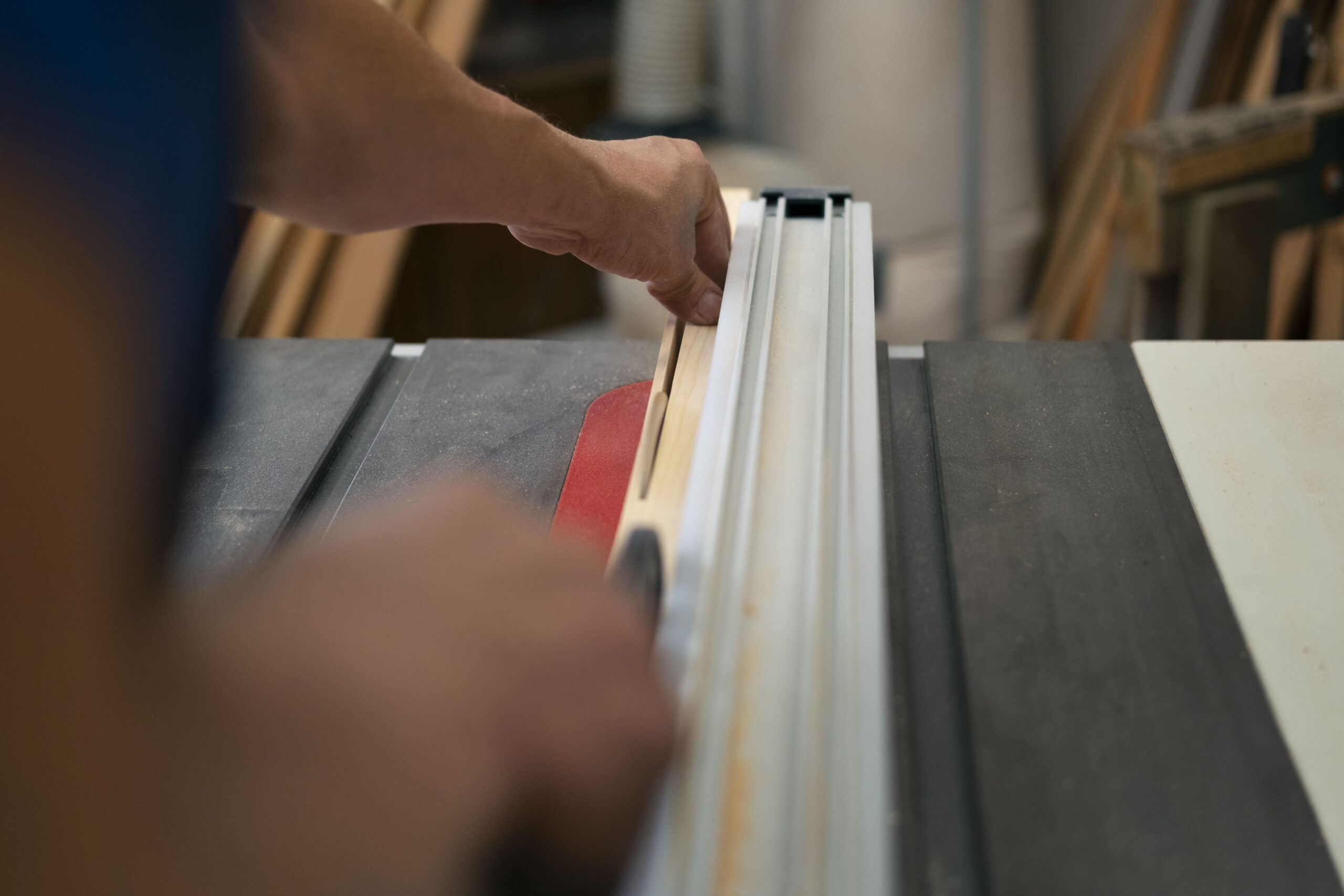
In this blog, we will help you compare uPVC, aluminium, and wood, so you can decide which one is best for your home.
uPVC windows and doors are strong and long-lasting. They do not rot, rust, or corrode, even in harsh weather. This makes them a good choice for many different climates. On average, uPVC products can last between 20 to 30 years with very little maintenance.
Aluminium is even stronger than uPVC. It is lightweight but very tough, making it ideal for large glass panels and slim window frames. Aluminium is also resistant to rust, although it may corrode if exposed to salty sea air unless properly treated. Its lifespan is often between 30 to 45 years.
Wooden windows and doors are also strong, but they require more care. If wood is not maintained well, it can rot, crack, or get damaged by insects. However, when treated and protected properly, good-quality wood can last anywhere from 15 to 30 years.
In summary, aluminium offers the greatest strength and longest lifespan, but uPVC is also very durable and more affordable. Wood is naturally strong but needs regular upkeep to remain in good shape.
uPVC is one of the most energy-efficient window materials available. It does not allow heat to pass through easily, which means it helps to keep your home warm in the winter and cool in the summer. uPVC windows usually come with double or triple glazing, which adds even more insulation and helps reduce your energy bills.
Aluminium is not naturally energy-efficient. It conducts heat easily, which means it can let warmth escape from your home unless it has a special thermal break built into the frame. A thermal break is an insulated layer that improves its ability to keep heat in. Aluminium windows with a thermal break can perform well, but they are often more expensive.
Wood is a natural insulator. It helps maintain a comfortable temperature inside your home by stopping heat from escaping. Like uPVC, wooden windows also work well with double glazing.
Overall, both uPVC and wood provide excellent insulation. Aluminium needs special features to match its energy efficiency.
The uPVC windows and doors are very easy to care for. You only need to clean them with mild soap and water once in a while. They never need painting or sealing, and they do not rot, rust, or attract termites.
Aluminium is also low-maintenance. It can be cleaned with a soft cloth and water. The paint on aluminium frames does not peel, and the material itself is resistant to rust, especially if it has been treated properly for coastal areas.
Wood, on the other hand, requires more care. It needs to be painted or sealed regularly to protect it from moisture and insects. Without proper maintenance, wood can swell, crack, or become damaged by termites. This means you may need to spend more time and money keeping wooden windows and doors in good condition.
In short, uPVC and aluminium are better options if you want windows and doors that need little maintenance. Wood can still look beautiful, but it takes more work to keep it that way.
uPVC windows and doors are usually the most affordable option. They offer good value for money because they are low in cost, energy-efficient, and last a long time. For homeowners on a budget, uPVC is a smart and economical choice.
Aluminium windows and doors are more expensive than uPVC. The higher cost is due to the strength of the material, its modern appearance, and the extra technology like thermal breaks for insulation. While aluminium costs more upfront, it may be worth the price if you want sleek, strong designs and can afford the investment.
Wood is often the most expensive of the three. High-quality timber and craftsmanship can significantly increase the cost. In addition, the ongoing maintenance such as painting, sealing, and repairing can add to the total expense over time.
To sum up, uPVC is the best choice if you want something affordable and long-lasting. Aluminium and wood can be more expensive depending on the design and quality you choose.
uPVC is available in many styles and colors. It can be made to look like wood or come in modern finishes. However, some people feel that it doesn’t look as natural or high-end as real wood or aluminium.
Aluminium windows and doors are popular for modern designs. They allow for thinner frames and larger glass panels, which give homes a sleek, clean look. Aluminium is often used in contemporary homes and commercial buildings. It’s also available in a wide range of powder-coated colors.
Wood offers a natural, classic look that many people love. It brings warmth, texture, and character to your home. Wood can be painted or stained in many finishes. It’s especially popular in traditional homes, cottages, or homes where aesthetics are important.
In conclusion, aluminium is ideal for a modern look, wood is best for traditional beauty, and uPVC offers a good balance between design and cost.
uPVC has both good and bad points when it comes to the environment. It is a type of plastic made from salt and oil. However, it is very durable and can be recycled up to 10 times. It also reduces energy use in homes, which helps cut down carbon emissions.
Aluminium takes a lot of energy to produce, but it is one of the most recyclable materials on earth. Once made, aluminium frames can last a long time and be fully recycled at the end of their life. That makes it a better option for long-term sustainability, especially if you choose recycled aluminium products.
Wood is a natural and renewable material, which makes it eco-friendly, if sourced from responsibly managed forests. However, wood requires regular treatments with paint or chemicals to protect it, and these can have a negative impact on the environment. Also, poorly treated wood may not last long, which leads to more waste.
Each material has its strengths and is best suited for different needs.
After comparing uPVC, aluminium, and wood, it is clear that uPVC is a great all-round option for most homes. It offers excellent energy efficiency, requires very little maintenance, and is one of the most affordable materials available. It also lasts a long time and helps reduce your energy bills, which is good for both your wallet and the environment. While aluminium and wood have their own strengths, uPVC gives you the best balance of performance, cost, and comfort.
If you are looking for windows and doors that are modern, practical, and eco-friendly, uPVC is a smart and reliable choice.
If you are still unsure, it is a good idea to speak with the Seasons Windows team or visit their showroom to discuss your needs.

Receive a customized quote based on your selected services, property size, and any additional requests.
SEASONS PROFILE, No; 150, Vichur Road, Vichur Village, Vellangulam, Chennai – 600103.
Copyright © Seasons Windows. Designed & Developed By VIBE Media and Production